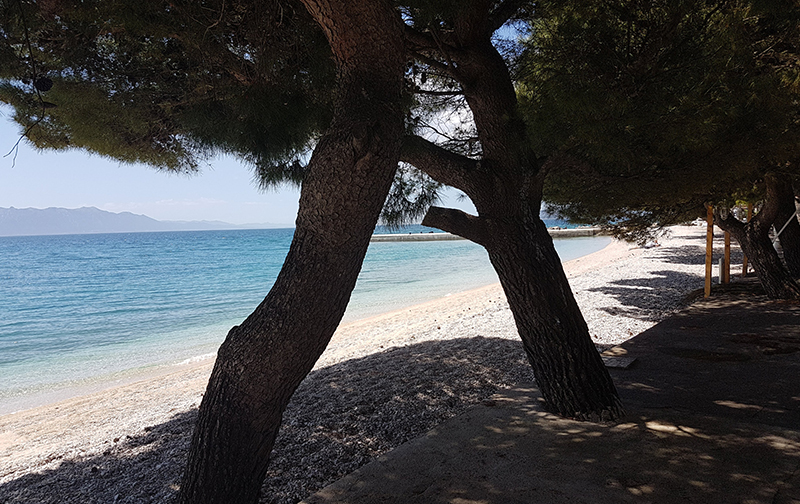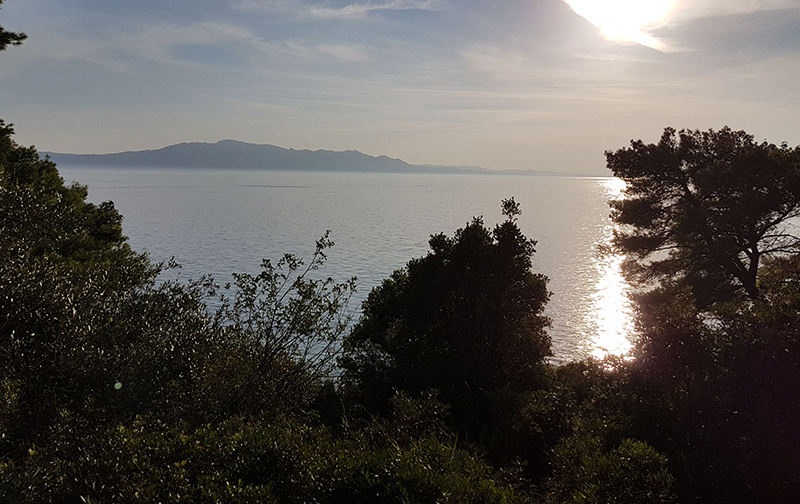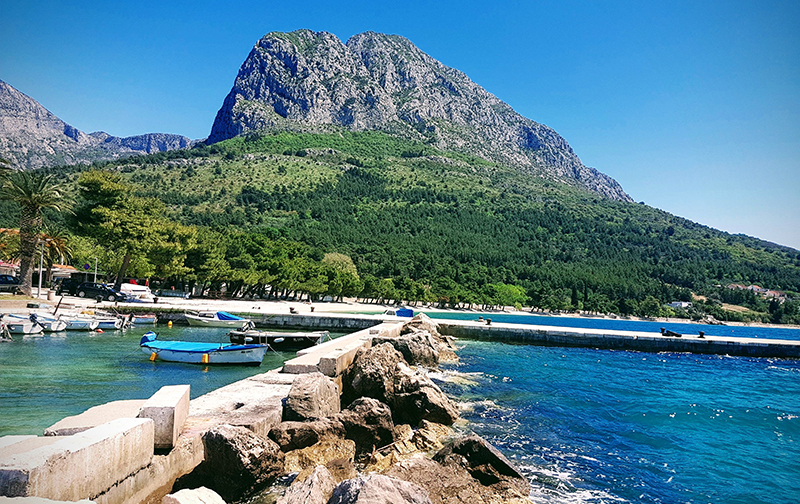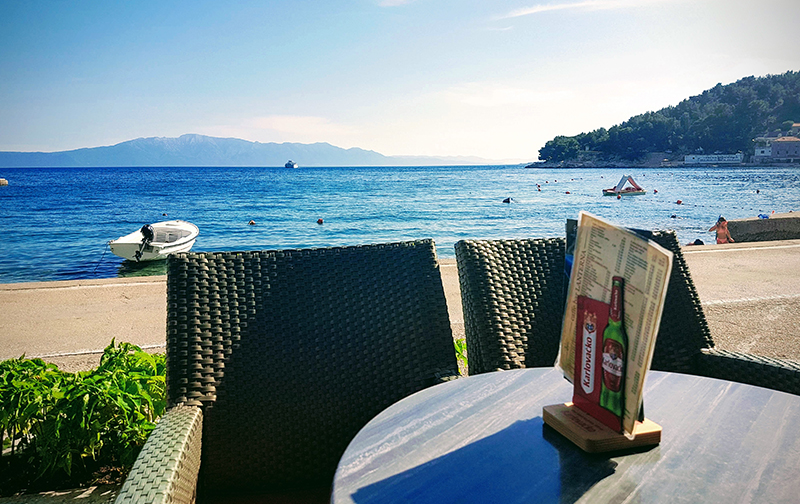I am text block. Click edit button to change this text. Lorem ipsum dolor sit amet, consectetur adipiscing elit. Ut elit tellus, luctus nec ullamcorper mattis, pulvinar dapibus leo.
Zaostrog Makarska. Surrounded by mountains covered by the sea.
Zaostrog Dalmacia Croatia
Zaostrog history
Zaostrog offers a unique opportunity to delve into the past.
Zaostrog has an ancient history. Its culture spans back through centuries from Illyrians and Romans.
Further more to the early Stone Age. There are some excavaled objects from the Stone Age, found on Vitar, the hill above Zaostrog, in 1953. The Romans left numerous classical monuments, particularly the stone once: a relief showing the god Mithras and two tombstones. In 1494, Zaostrog was mentioned in the written documents, for the first time, but people lived there many years before that.Then the Croats arrived in the 7th century and the settlement received the Slavic name Ostrog.
Around 950 AD, the Byzantine Emperor Constantine Porphyrogenetus mentioned this place as one of the four fortified towns of the “Pagania” – Neretvan Princedom (Mokrun, Berulia, Ostrog, Labinetza).
In the Medieval Age Ostrog was located on a hill below Mali Vitar. Later, a new settlement called Zaostrog developed below the hill of Spasnik in the north and the northwest of the Porphyrogenetus.
First feudal lords of Zaostrog were Croatian noblemen, the Vidakovic – Jurjevic brothers who had fortified the castle on Vitar. The ruins of the castle, particularly a stone threshold with the relief of a hand, are remains from the 15th century.
The monastery of Zaostrog was a world – famous holy place and was on the list of all holy places in the world. The monastery also had an important role in education. For more than 500 years, there was a school for future priests in it.During the period of the Turkish rule, in 1640, there were primary and humanistic schools and later followed classical secondary school, philosophy and religious schools. The monastery has a rich library with about 20.000 books and an archival department.
Many famous people from the Croatian culture and history lived and worked in Zaostrog. One of them was Father Andrija Kocic Miosic, the Croatian poet, writer and philosopher. He was born in Brist in 1704, and died in Zagreb in 1760. Another one was Father Ivan Despot (1886), The Croatian writer and poet. It is well known that Father Andrija Kocic Miosic – “Old man Milovan” as he called himself, was educated, took orders, created his work, died and was buried in the monastery. People call the monastery – “Kocic’s monastery”. The monastery also has a gallery with paintings of the most famous living Croatian painter Mladen Veza, who was born in Brist, in 1916. As a part of the monastery museum there is an ethnology collection which is placed under the state protection.
In the 17th century began settling of the coast line of Zaostrog. After the earthquake in 1962, everyone moved from the upper settlement to the area along the sea.The old town of Zaostrog is famous for his churches: the Gothic church – St. Barbara, St. Roccus church from the 17th century and newer St. Barbara church built in 1872. The largest and the most important cultural monument of this area is the Franciscan monastery of St. Mary. The year of its foundation is not certain. It was probably founded in the 14th century. The monastery was established by monks of the order of “hermits of St. Augustune”- called Augustinians who left in 1468. After them came Franciscans in 1468. They settled the empty monastery and they still live there. They have upgraded the monastery even under the difficult conditions of Turkish rule. In 1640, according to the important people from Rome, the monastery was proclaimed as the most beautiful monastery of all in the large province. One of the important monuments of that time is certainly the stone inscription written in Croatian language with a special script “Bosancica”. It is above the entrance of the church.
Today, Zaostrog has 350 inhabitants. Croatians are warm and friendly.








